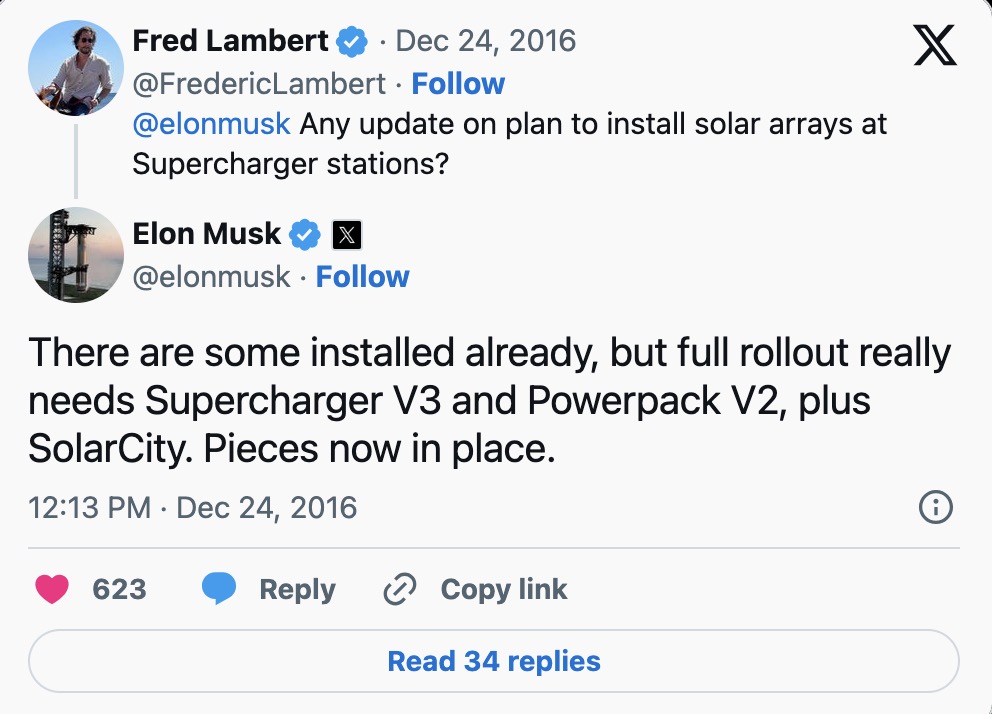
Tesla has announced that it will finally deliver 500 kW charging as it is about to install its long-awaited V4 Supercharger cabinets.
The rollout of Supercharger V4 has been a strange one, to say the least.
Tesla has been deploying the new charging stations for two years and calling them “Supercharger V4”, but it has only been deploying the charging stalls.
Supercharger stations are made of two main parts: the stalls, which are where the charging cable is located, and the cabinets, which are generally located further back and include all the power electronics.
For all these new “Supercharger V4”, Tesla was actually using Supercharger V3 cabinets. This has been limiting the power output of the charging stations to 250 kW – although
Today, Tesla officially announced its “V4 Cabinet”, which the automaker claims will enable of “delivering up to 500kW for cars and 1.2MW for Semi.”
Here are the main features of the V4 Cabinet as per Tesla:
- Faster charging: Supports 400V-1000V vehicle architectures, including 30% faster charging for Cybertruck. S3XY vehicles enjoy 250kW charge rates they already experience on V3 Cabinet — charging up to 200 miles in 15 minutes.
- Faster deployments: V4 Cabinet powers 8 posts, 2X the stalls per cabinet. Lower footprint and complexity = more sites coming online faster.
- Next-generation hardware: Cutting-edge power electronics designed to be the most reliable on the planet, with 3X power density enabling higher throughput with lower costs.
Tesla reports that its first sites with the new V4 Cabinets are going into permitting now. The company expects its first sites to open next year.
We recently reported about Tesla’s new Oasis Supercharger project, which includes larger solar arrays and battery packs to operate the charging station mostly off-grid.
Early in the deployment of the Supercharger network, Tesla promised to add solar arrays and batteries to all Supercharger stations, and Musk even said that most stations would be able to operate off-grid.
While Tesla did add solar and batteries to a few stations, the vast majority of them don’t have their own power system or have only minimal solar canopies.
Back in 2016, I asked Musk about this, and he said that it would now happen as Tesla had the “pieces now in place” with Supercharger V3, Powerpack V2, and SolarCity:

It took about 8 years, but it sounds like the pieces are now getting actually in place with Supercharger V4, Megapacks, and this new Oasis project.
